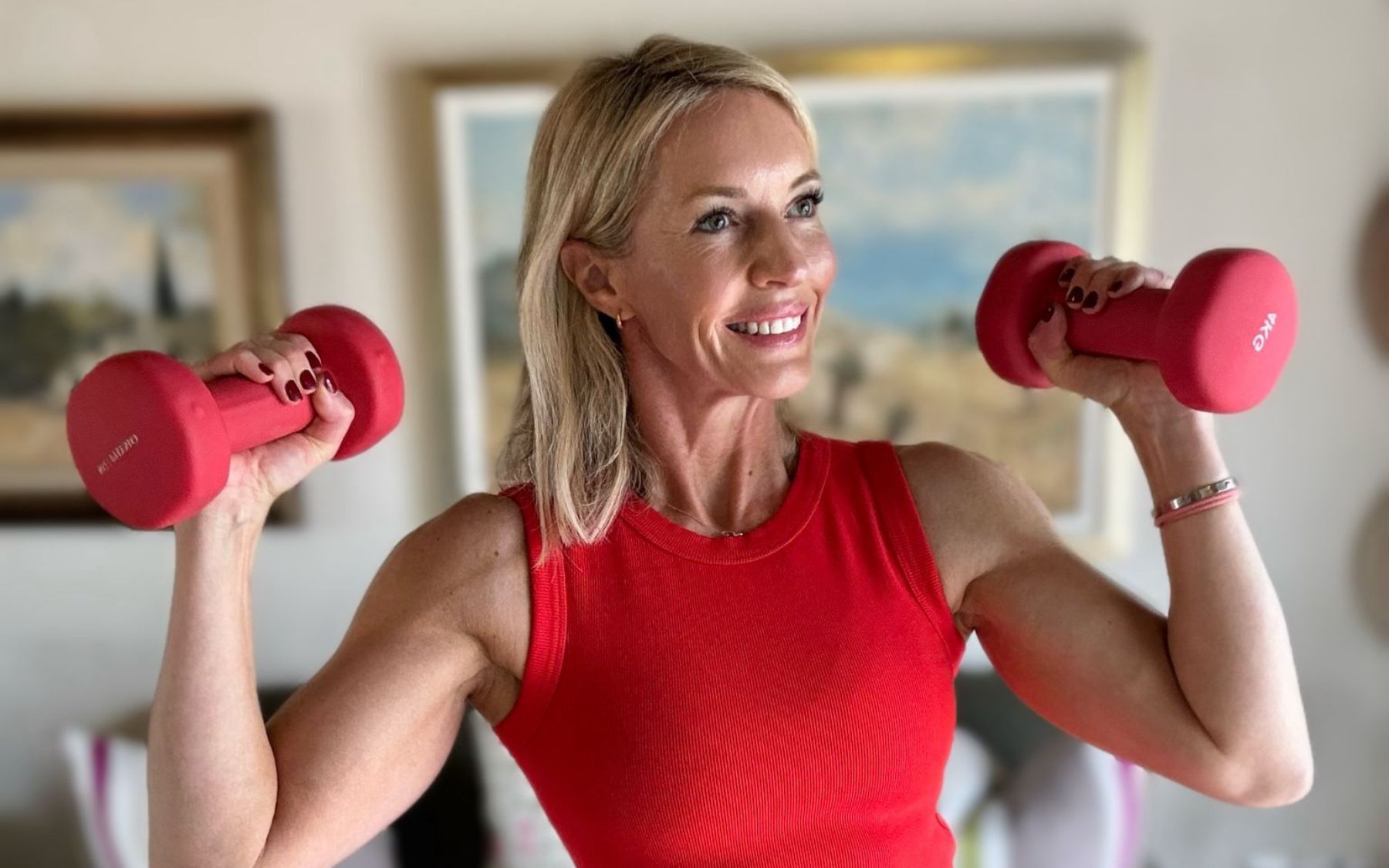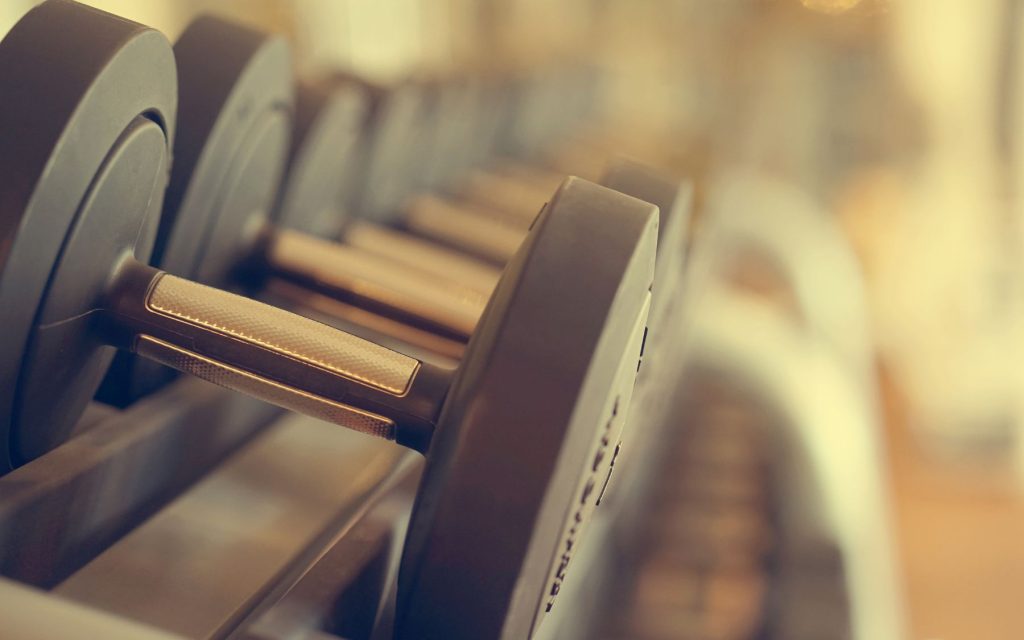
How to Train Your Arm Muscles Effectively
Strong, sculpted arms not only look great but also play a crucial role in overall upper-body strength and functional fitness. Training your arms requires targeting the key muscle groups: the biceps, triceps, shoulders and forearms. Whether you’re a beginner or an advanced lifter, focusing on the right exercises, technique and progression can help you achieve stronger, more defined arms. Here are my top tips on how to effectively train your arm muscles.
Understand the Anatomy of Your Arms
Before diving into the exercises, it’s essential to understand the muscles you’re working:
- Biceps Brachii (Biceps): These muscles run along the front of your upper arm and are responsible for elbow flexion and forearm rotation.
- Triceps Brachii (Triceps): Located at the back of your upper arm, these muscles extend the elbow and make up about two-thirds of your arm’s size.
- Forearms: Comprising numerous smaller muscles, the forearms control wrist movement, grip strength, and finer motor functions.
- Shoulders are made up of a complex of several muscles and anyone who has done my classes will know how much I love to train shoulders! The shoulders are made up of stabilising muscles and movement producing muscles (a full blog coming on shoulders!).
Balancing your training between these muscles ensures symmetry and prevents imbalances.
Start with Compound Movements
Compound exercises engage multiple muscle groups and should form the foundation of your arm workout. Some effective compound movements include:
- Curl and press: Bringing together biceps and shoulders in one big movement
- Close-grip chest press: This variation of the bench press shifts the focus to the triceps, making it an excellent addition to any arm workout.
- Dips: Bodyweight dips effectively target the triceps and can be made more challenging by adding weights.
Incorporate Isolation Exercises
Isolation exercises target specific muscles and are crucial for arm development. Focus on these key moves:
For Biceps
- Bicep Curls (Dumbbell or Barbell): Classic curls are perfect for building the biceps. Ensure you control the movement and avoid swinging the weights.
- Hammer Curls: With a neutral grip, hammer curls target the brachialis (a muscle underneath the biceps), adding size and thickness to your arms.
- Concentration Curls: By isolating each arm, these curls help you focus on form and maximise the bicep contraction.
For Triceps:
- Tricep Dips: Use a chair or a bench to strengthen your triceps.
- Overhead Tricep Extensions: This move isolates the triceps and allows for a deep stretch, promoting muscle growth.
- Tricep Extensions (kneeling): Using dumbbells, these extensions effectively target the triceps, especially when performed with strict form.
For Forearms:
- Wrist Curls and Reverse Wrist Curls: These simple yet effective exercises strengthen the forearms.
- Farmer’s Carries: Carrying heavy weights for a set distance or time builds grip strength and forearm endurance.
Focus on Form and Technique
Proper form is critical to avoid injury and ensure maximum muscle activation. For example, during bicep curls, keep your elbows stationary and focus on controlled movement. Avoid using momentum to lift the weight, as this reduces effectiveness and can strain your joints. You will always hear me calling out these points during classes to remind you!
Progressive Overload is Key
To build stronger arms, gradually increase the intensity of your workouts. This can be achieved by adding weight, increasing repetitions, or adjusting the tempo of your lifts. Progressive overload forces your muscles to adapt, promoting growth and strength gains. My advice is always start light and build gradually to avoid injury.
Incorporate Rest and Recovery
Your muscles need time to recover and grow. Train your arms 1-3 times per week and allow adequate rest between sessions targeting the same muscle group. The classes on my platform target arms and upper body specifically on a Tuesday but our whole body Monday and Friday classes always feature plenty of arms as well. Prioritise sleep and nutrition, particularly protein intake, to support muscle repair and growth.
Mix Up Your Routine
Avoid stagnation by varying your exercises, weights, and rep ranges every few weeks. This keeps your muscles challenged and helps prevent plateaus in your progress.
Conclusion
Training your arm muscles effectively requires a combination of compound and isolation exercises, proper technique, and consistent progression. By targeting the biceps, triceps, shoulders and forearms in a balanced way, you’ll build strength, improve function, and achieve a well-defined look. Stick to a structured plan, stay consistent, and don’t forget to rest, your efforts will pay off with stronger, more sculpted arms.
As always, any questions, please do get in touch.
Caroline x



